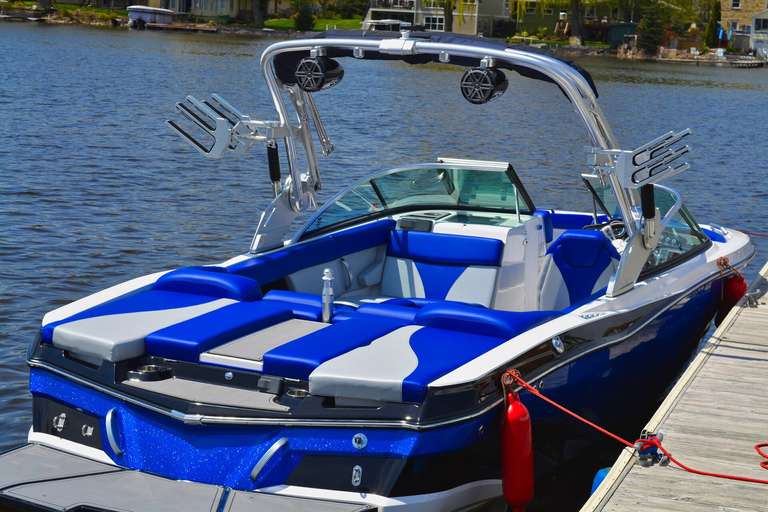What Does a Boat Keel Do?
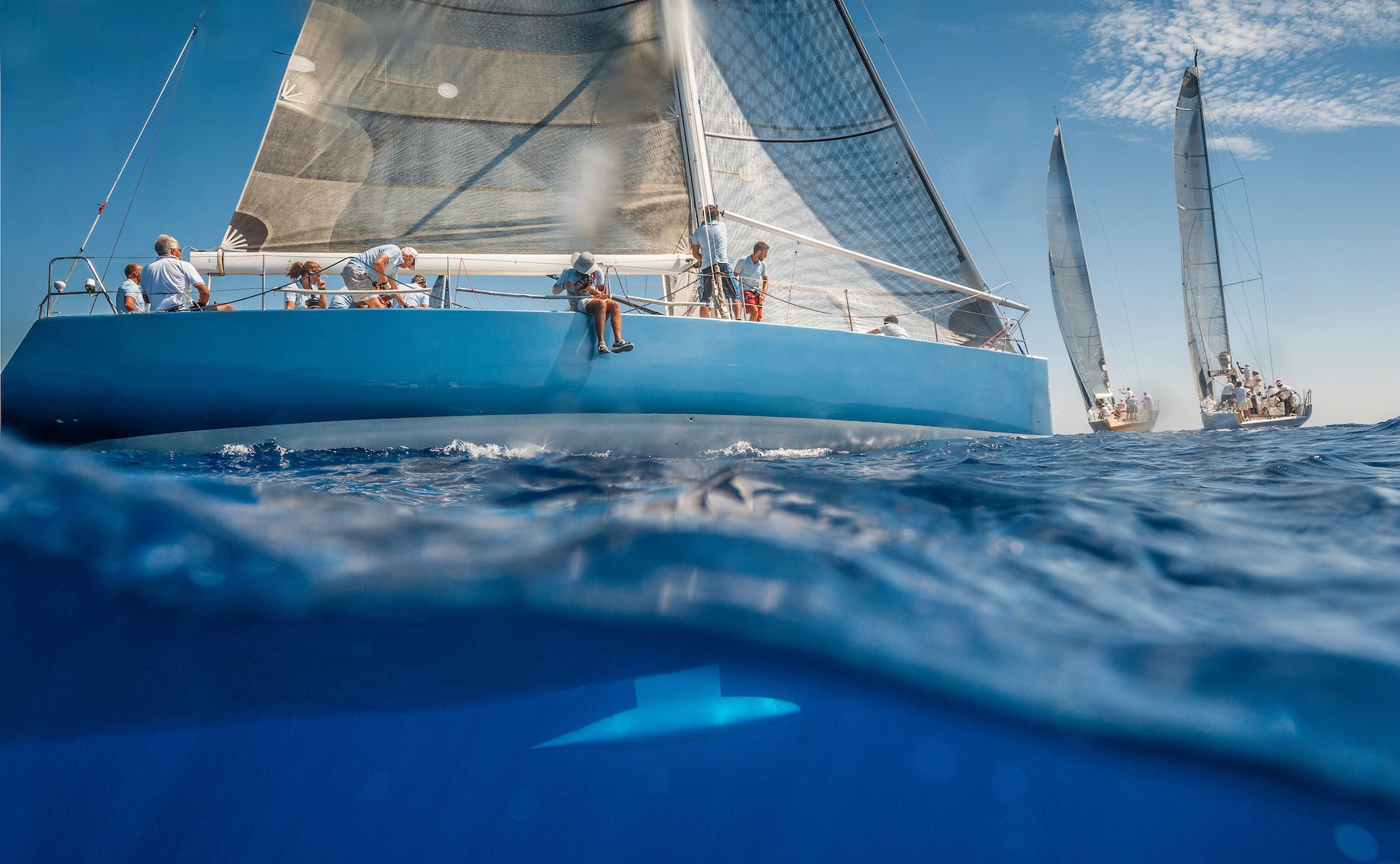
The keel is an important structural component of a boat, running centerline from the bow to the stern. It is essential to the overall strength and performance of a boat to help boaters avoid accidents.
It is also the foundation on which the rest of the boat is built.
While the keel is the foundation for both power and sailboats, the purpose of its keel has some specific differences. Note: there are entire university classes dedicated to the application and performance of keels and boats.
So, today, we will simplify the complex answer to the question of "What does a boat keel do?" while encouraging you to be curious and learn more later!
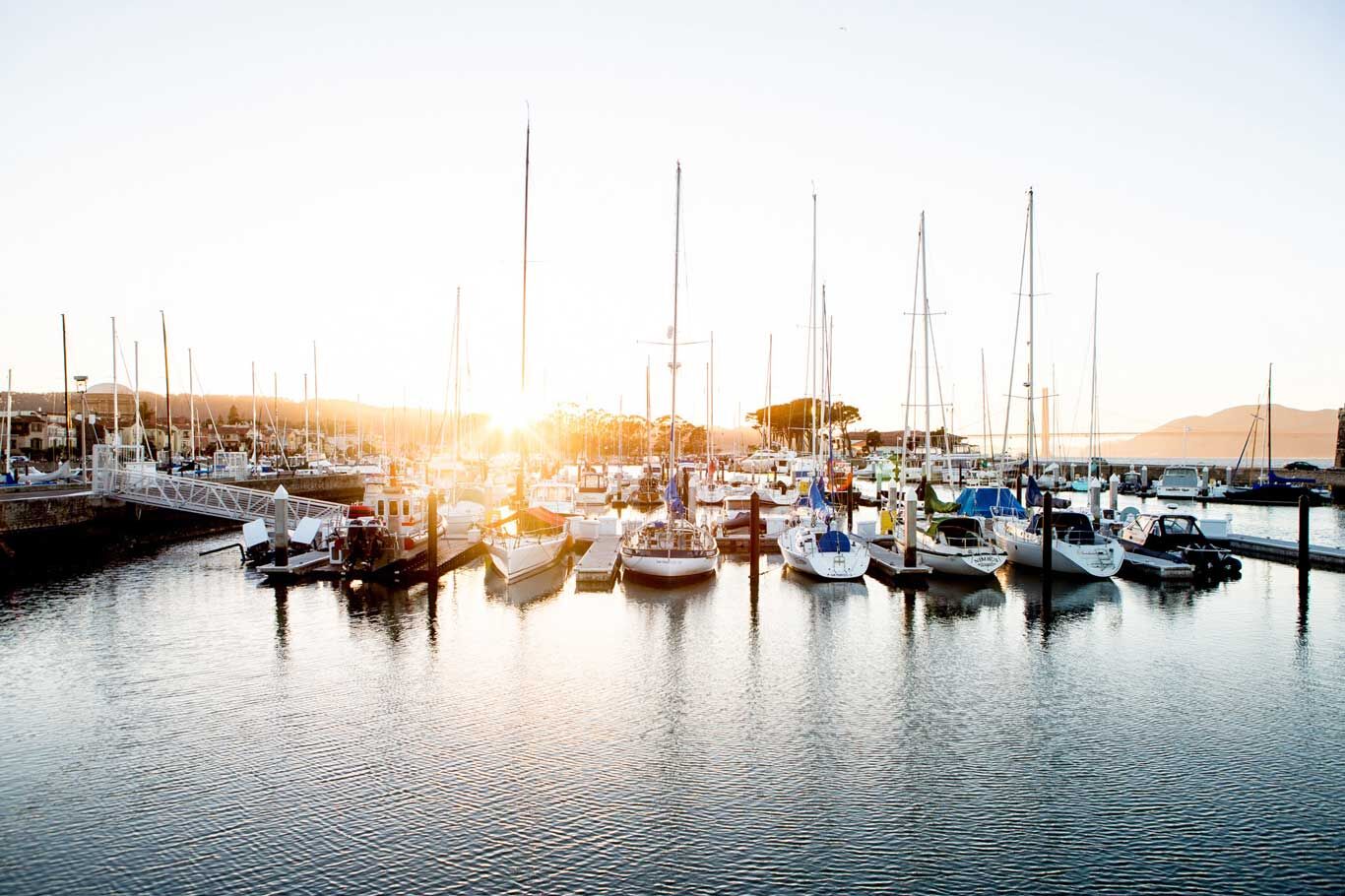
Keel of Boat: Powerboats vs. Sailboats
While the essential function is the same for a keel on a powerboat vs. a sailboat, there are intricacies to understand.
The keel of a powerboat helps define the characteristics that support its performance at high speeds with regard to boat handling and stability in all types of water conditions. As an example, a Flats fishing boat will have a relatively low dead rise at the stern, which provides greater access to shallow fishing grounds. In contrast, a blue water trawler will have a higher dead rise and provide a more comfortable ride, but it requires deeper water to operate without running aground.
The keel of a sailboat is primarily used to counter the force of wind upon the sails (heeling, or how the sailboat leans to the leeward side) and limit sideways movement or drift.
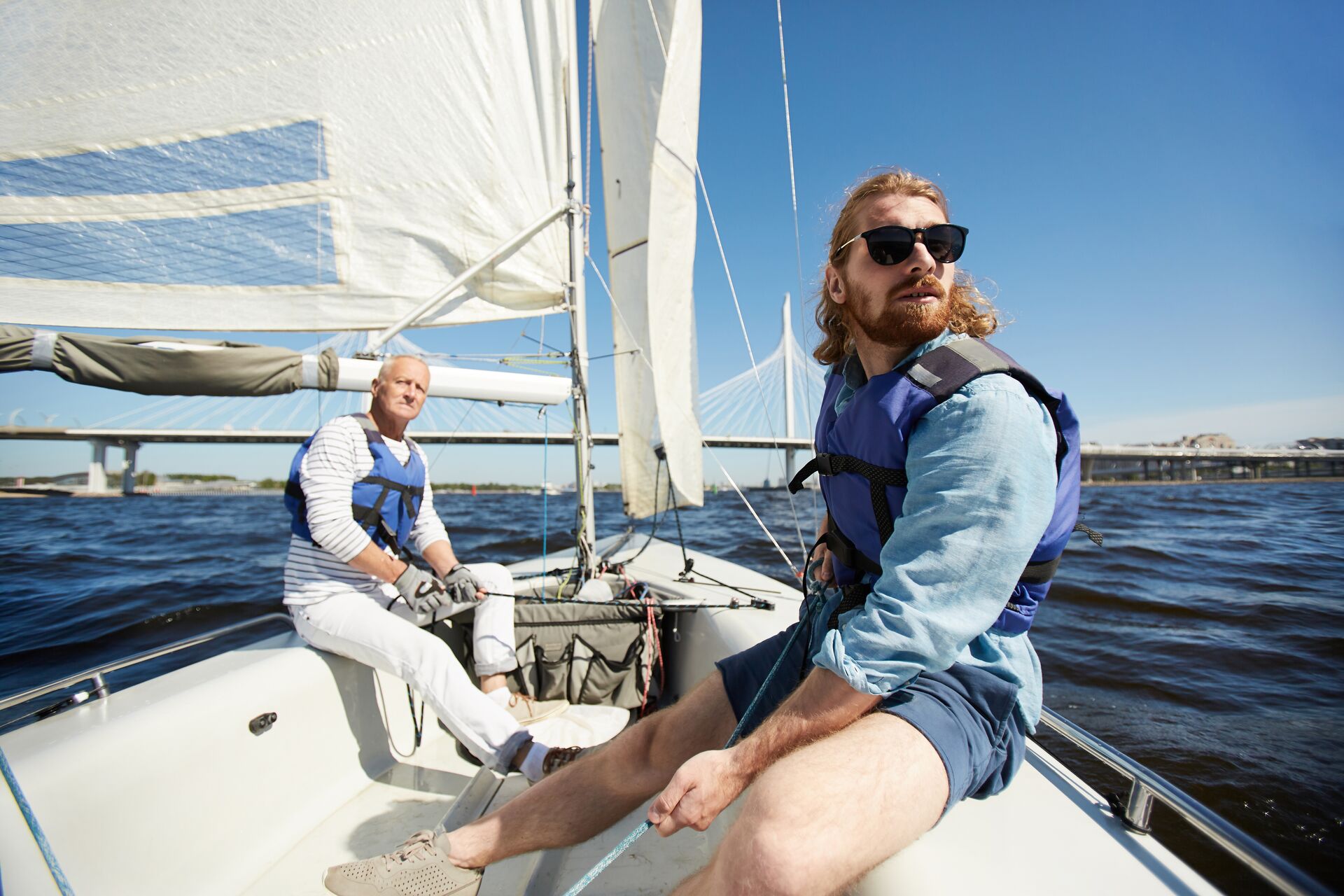
Types of Sailboats and Keels
Sailboats can be categorized into two groups: keelboats and centerboard or daggerboard boats. A keelboat uses lead ballast, fixed in place, to counter the effects of the wind on the sailboat. However, a centerboard or daggerboard is unballasted and can be raised and lowered.
Keelboats
Keelboats can be further classified into two groups: full keel or fin keel, and are typically found on sailboats sailing on larger bodies of water like the Great Lakes, along the coasts, or on the ocean. Of these two seaworthy categories, many variations have been developed, which, at times, can appear to blur the lines depending on the purpose of the sailboat.
A full keel will run the length of the sailboat — from bow to stern. It can be challenging to determine where the hull stops and the keel starts. It is the preferred keel for larger, blue water cruising sailboats, where its ability to weather rough conditions, protect the rudder, and shallow draft are preferred over speed and agility.
A fin keel is easier to spot on a sailboat. It is defined by a very distinct appendage mounted under the hull, parallel to the centerline running fore and aft, and bolted in place amidship. Preferred by racers for its maneuverability and speed, there are many variations of the fin keel built with additional features such as a bulb or wing tip.
Bulb Tip Keels
A bulb tip keel of boat is an additional ballast shaped like a torpedo and mounted at the tip of the fin keel. It provides more weight to increase the righting arm to counter the force of the wind on the sail — something racers greatly value in performance.
Wing Tip Keels
A wing tip keel is an additional ballast at the tip of the fin keel, shaped similar to a wing on a plane. Its purpose is to help the sailboat sail further upwind by creating a "lift" underwater.
Centerboard and Daggerboard Sailboats
These types of sailboats are usually found in inland waters and lakes. Centerboards and daggerboards help prevent sideways movement from the force of the wind upon the sails.
A centerboard pivots on a pin, retracting the centerboard into the hull while the daggerboard moves up and down. However, unlike keel boats which use fixed ballast, the weight of the crew leaning over the side of the hull is used to counter the force of the wind heeling the boat.
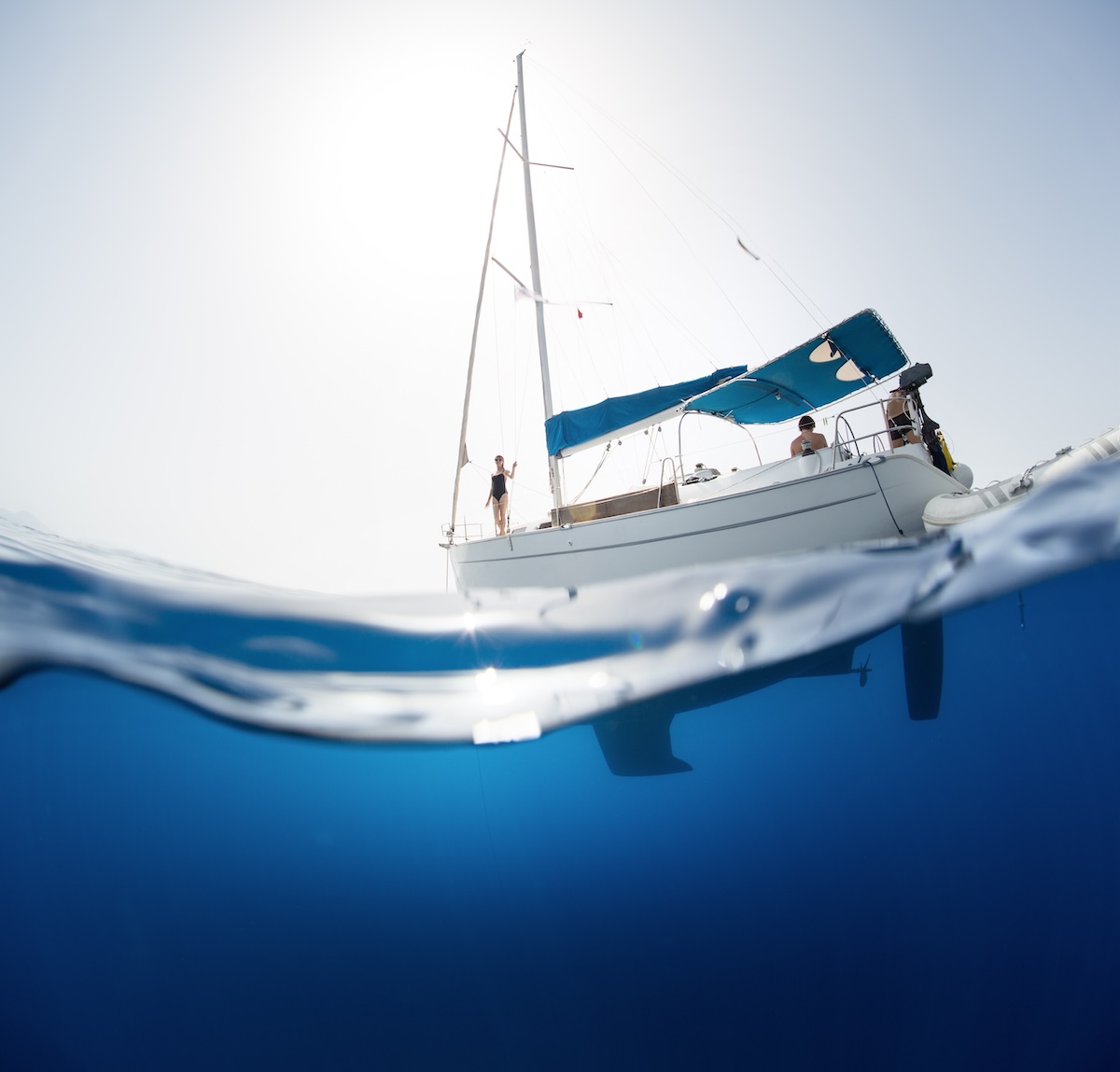
Maintenance for the Keel of a Boat
You may not think maintenance of the keel is important, but don't be fooled. Visual inspection — external or internal — is essential.
As with any part of a boat, good maintenance and prompt repairs help you stay safe on the water.
External Maintenance
If your boat is trailerable, a visual inspection should be your best practice every time you pull the boat.
As you're wiping the boat down to prevent the movement of invasive species from one body of water to another, be mindful of any new cracks or blistering in the gelcoat. A crack could happen from hitting a semi or fully submerged object.
One of the most notorious causes of cracks is dead-heads — logs that are 95% submerged and almost impossible to see at speed. Or, if you beach your boat, has the sand at the beach started to wear the hull down and start to expose the lesser-protected layers of boat construction?
If your boat isn't trailerable, it's always a good idea to dive your boat to clean the bottom (or hire someone to dive it for you!) or schedule a yearly haul-out to look for any cracks or corrosion.
Note that a full keel sailboat will not have the same stresses on the keel as a fin keel sailboat. On a fin keel sailboat, the keel is manufactured independently from the hull and attached later. While the bolts holding the fin keel to the hull are accessible internally and may be tight, there could be cracks forming in the filet filler used for the joint that aren't noticeable internally.
Internal Maintenance
On any boat, there will be access to the bilges, or the lowest part of the boat, where water will collect and be pumped out by the bilge pump. The bilges are usually located next to the keel structure.
Visually look for signs of corrosion caused by sitting water. Check to make sure the bolts of the keel are torqued to spec.
Centerboard and Daggerboard Keel Maintenance
For a centerboard, look for any side-to-side play or movement that could indicate replacing a bushing or worn pin. As these boats are usually sailed in shallower waters close to shore, look for signs of hitting underwater objects, resulting in cracks and causing performance issues.
A daggerboard should be easy to completely remove and inspect for wear and tear.
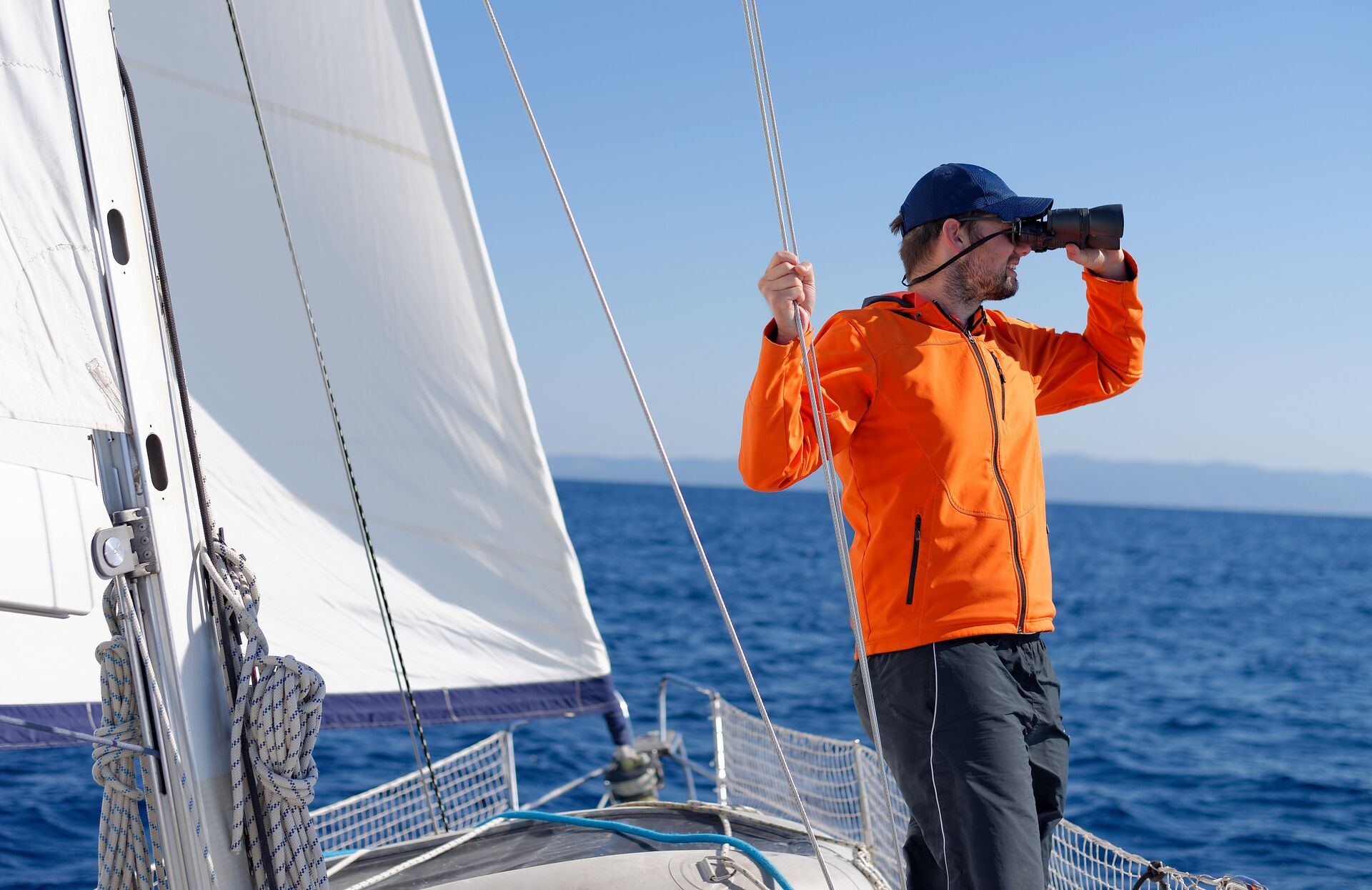
Learn More About the Parts of a Boat and Safety with ilearntoboat
What is the purpose of a keel on a boat? We hope this resource has helped you understand what they do to keep boats upright (and passengers and operators safe on the water)!
Understanding the parts of a boat and how they function helps boaters protect themselves and others when away from shore — and there's much more to learn than what we've covered today!
The best (and most fun) way to learn about boat parts and safety is to take an online course through ilearntoboat! Our courses are state-approved, meet the requirements for boater safety education, and are presented in a gamified format to make learning fast and fun.
Get familiar with your boat and how to navigate waterways safely by choosing the course for your state, and then completing the course and exam.


